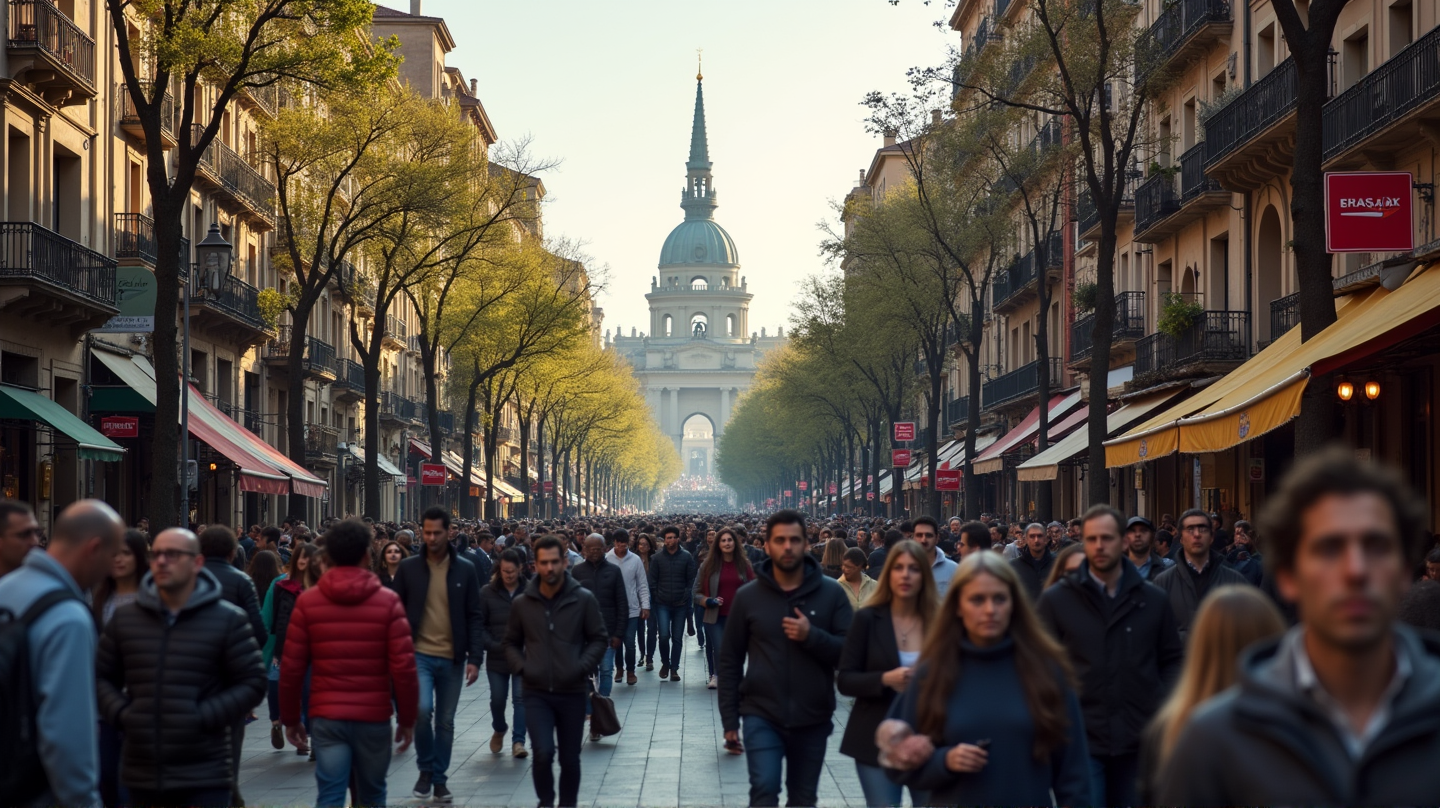Barcelona Under Siege: The Hidden Costs of Mass Tourism
Unveiling the reality behind Barcelona's tourism boom, as both residents and tourists face challenges in a city changing beyond recognition.

Barcelona, a city celebrated for its unique charm and vibrant culture, is witnessing a radical transformation under the weight of tourism. Last year alone, nearly 100 million visitors flocked to Spain, with Barcelona’s streets struggling to manage the swell. This influx, while economically lucrative, has locals feeling both displaced and disenchanted with the commercialization of their city.
The Overlooked Voices of Barcelona’s Inhabitants
Remarkably, the very fabric of Barcelona is being rewoven daily. Local residents are finding themselves priced out of neighborhoods they’ve called home for generations. As rents skyrocket, traditional establishments are vanishing, giving way to an endless array of tapas bars and global chains like Zara and Taco Bell—none of which reflect the region’s rich cultural heritage. Yet, corporate interests continue to exert influence, seemingly indifferent to the lived experiences of those who call Barcelona ‘home.’
Tourists and the Illusion of Authenticity
Tourists, too, find themselves shortchanged by the homogenization of Barcelona’s landscape. Why, critics ask, visit a city known for its authentic Catalonian culture only to eat at international franchises? Despite this, tourism agencies aggressively market Barcelona’s storied allure, drawing a picture that neatly packages the city for international consumption—a far cry from its true identity.
A Cycle Fueled by Corporate Greed
This cycle of exploitation reveals itself starkly in the actions of property owners and local authorities who’ve commodified Barcelona for profit. As one local florist lamented, the city’s distinctive character has been “sold out from under the feet of its citizens.” Even cultural bastions like the Barcelona football club aren’t immune, participating in schemes that facilitate the sale of match tickets to tourists. According to inkl, the revenue tourism brings cannot be dismissed, accounting for 14% of Barcelona’s GDP, yet it begs the question: at what cost?
Protests and the Call for Conscious Travel
This growing tension has led to creative forms of protest. For instance, a group of residents recently used water pistols to target tourists near the famed Sagrada Familia, voicing their frustration creatively yet poignantly. Such actions highlight the critical crossroad at which Barcelona stands: between sustaining a necessary economic lifeline and preserving its cultural heritage.
Seeking a Harmonious Solution
With each passing season, the discontent grows louder, leaving many to ponder solutions. Some suggest tourism caps or increased fares to manage the tide, while others advocate for deeper systemic changes to prioritize local needs. But amid these debates, one truth holds: a conscious shift in how we approach travel could ease the strain on beloved destinations like Barcelona.
In reflecting upon the words of a popular musical’s protagonist, perhaps travelers must ask themselves the hard question: Where are you really going—and do you have to?

